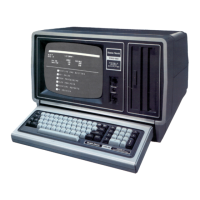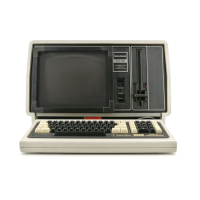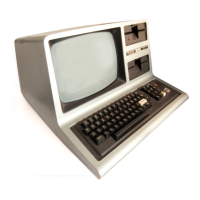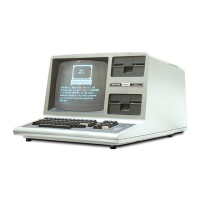Chapter
1/
Sample
Session
The easiest way to learn how BASIC operates
is
to write and run a
program. This chapter provides sample statements and instructions to
help familiarize you with the way BASIC works.
The main steps
in
running a program are:
A) Loading BASIC
B)
Typing the program
C)
Editing the program
D)
Running the program
E)
Saving the program on disk
F)
Loading the program back into memory
Loading BASIC
After you power up your system and install the diskette, the TRSDOS
Version 6 start-up logo is displayed. Then, the following prompt
appears: Date?
To answer this prompt, type today's date
in
this format: DD/MMIVY;
then press
(ENTER).
For example, for December
1,
1983, type:
12/0
1
/83
(ENTER)
The computer converts these numbers to: Thu, Dec
1,
1983 and
displays the message "TRSDOS Ready". This indicates that you are
at the Operating System level. To load BASIC into the system, type:
BAS
I C
(ENTER)
A paragraph with copyright information appears on your screen,
followed by: Ready
You may now begin using BASIC.
Options
for
Loading
BASIC
When loading BASIC, you can also specify a set of options. They are:
BASIC [program] ([F
= number of files] [,M = highest memory
location])
Program specifies a program to run immediately after BASIC is
started.
F = specifies the maximum number of data files that may be open at
anyone
time (from 0-15). If you omit this option, the number of files
defaults to three. Each file you specify uses 564 bytes of memory.
M= specifies the highest memory location for BASIC to use. Omit
this option unless you are going to call assembly-language
subroutines. (In that case, you may want to set the amount of
memory well below the high-memory modules of TRSDOS.)
If
you
2-9
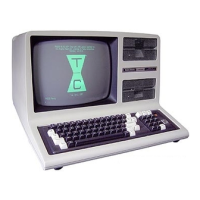
